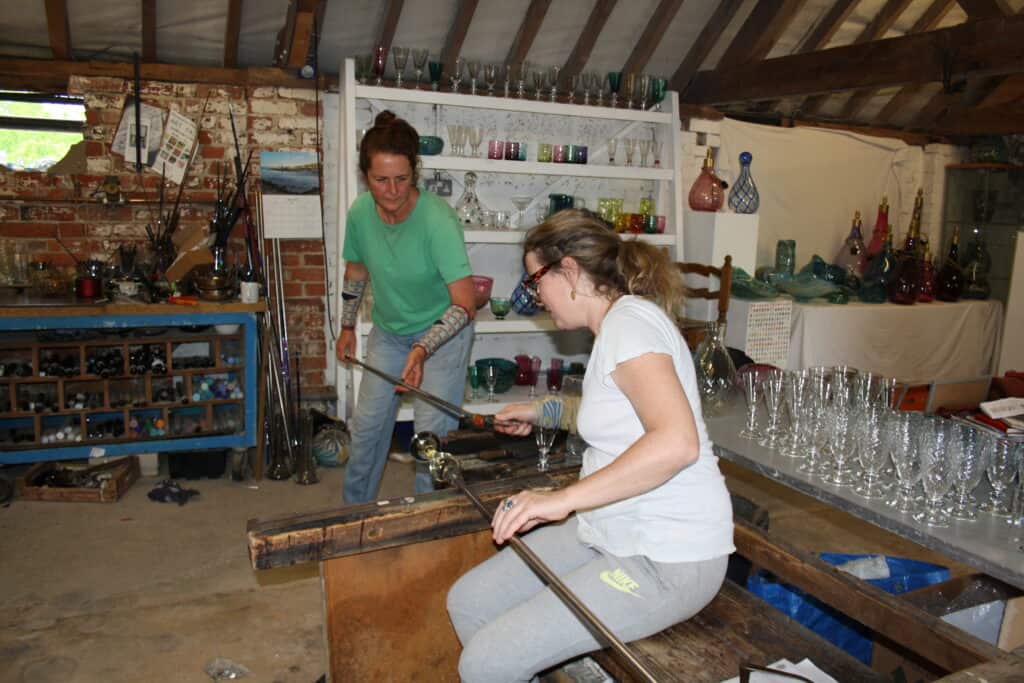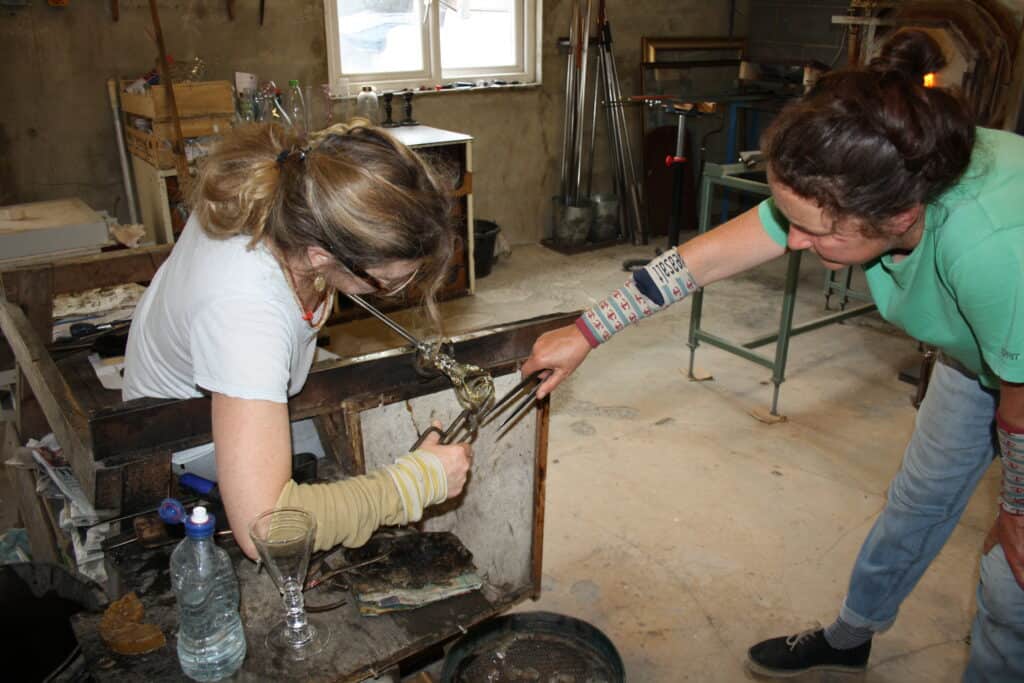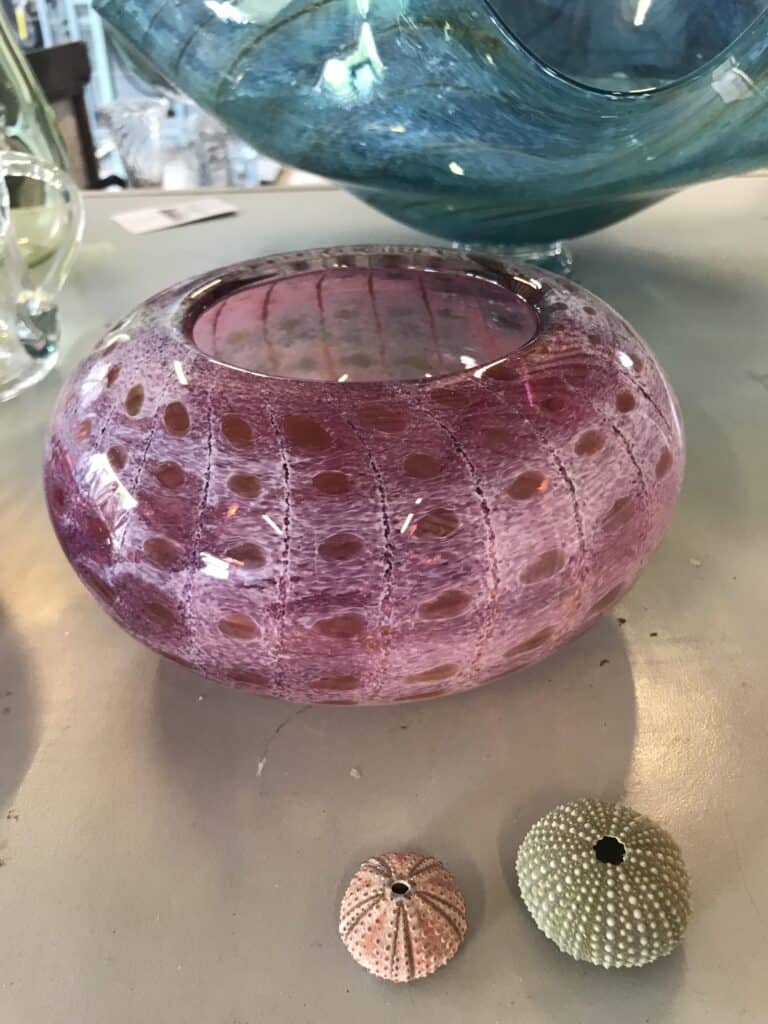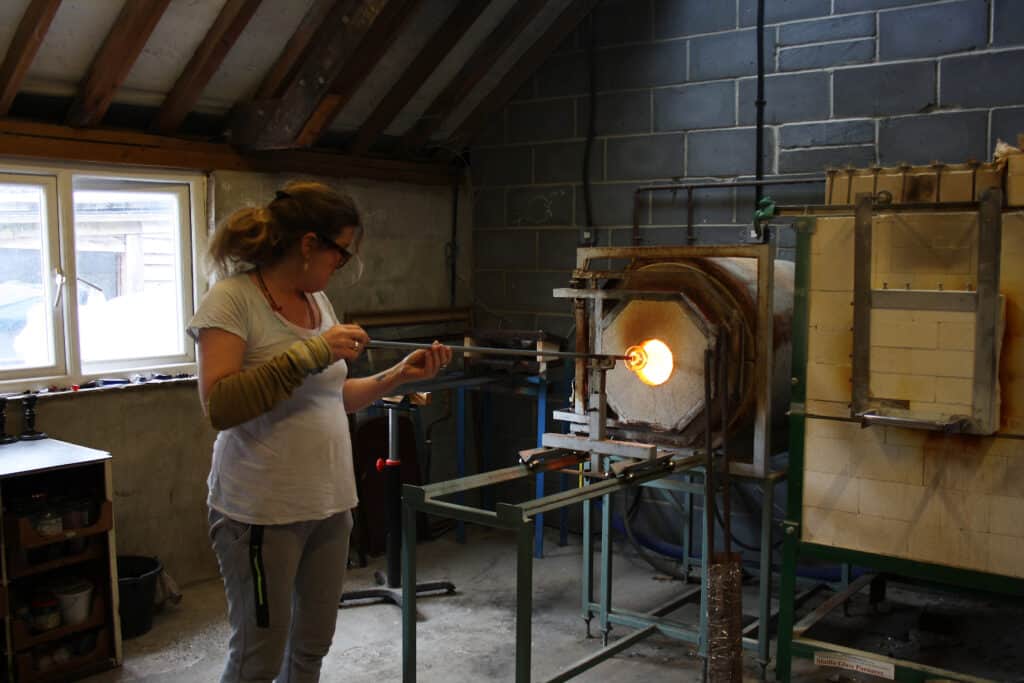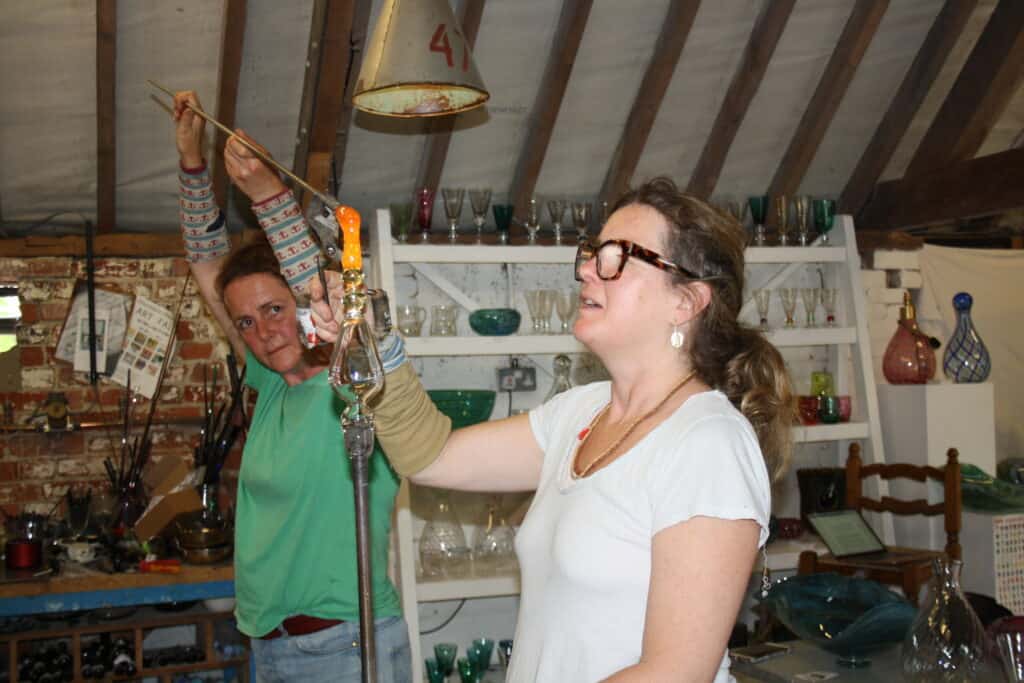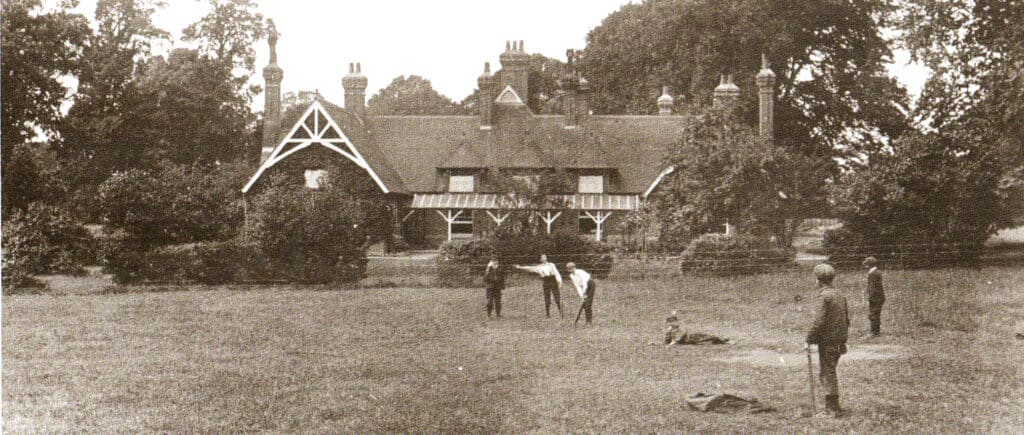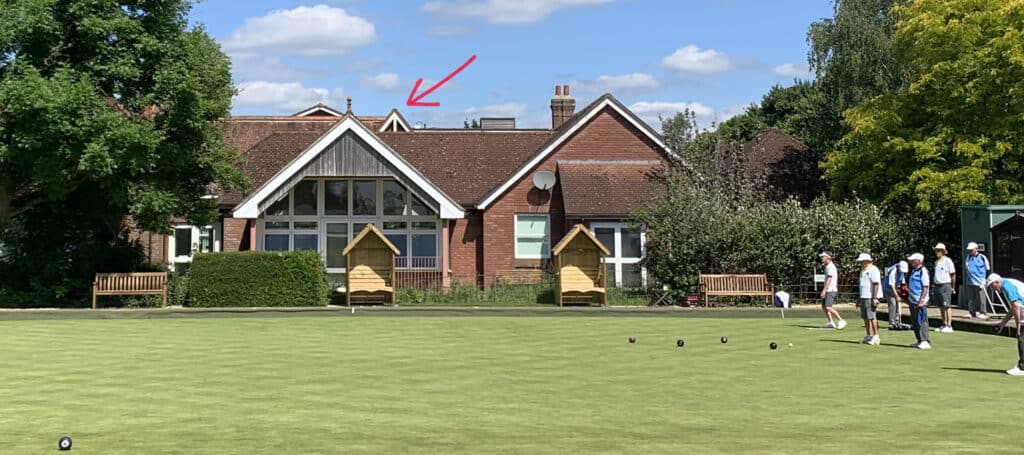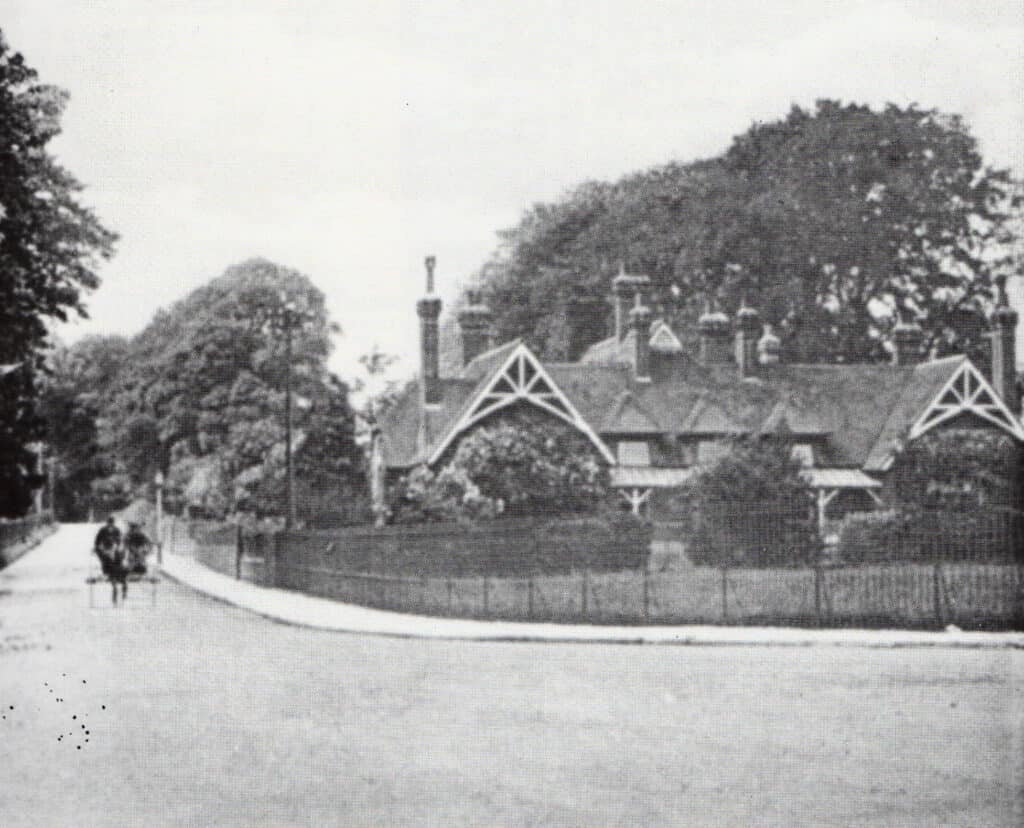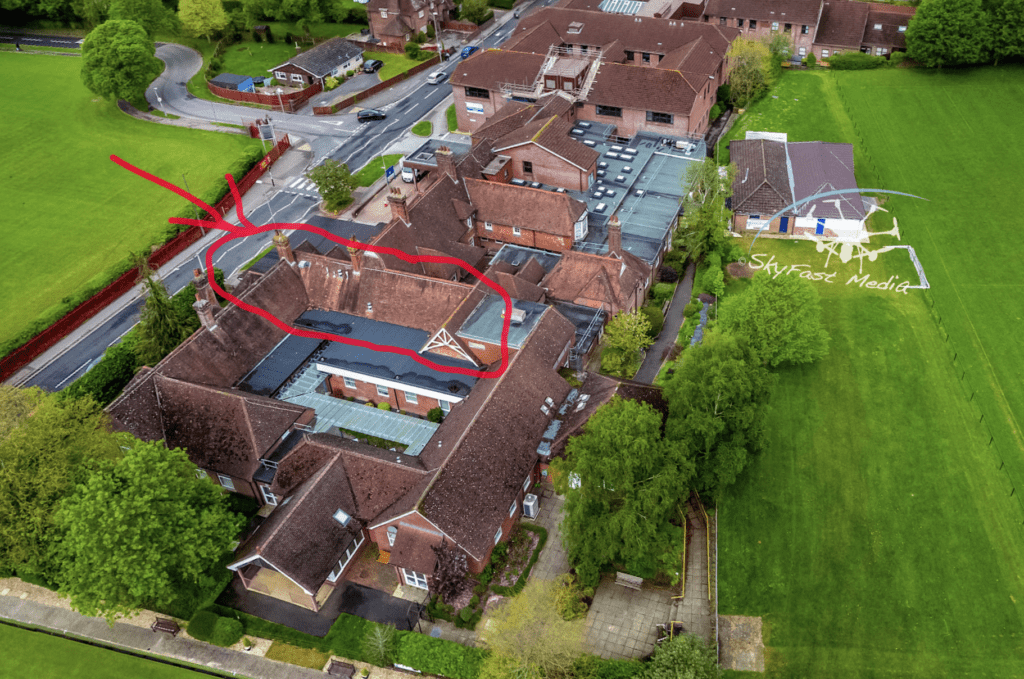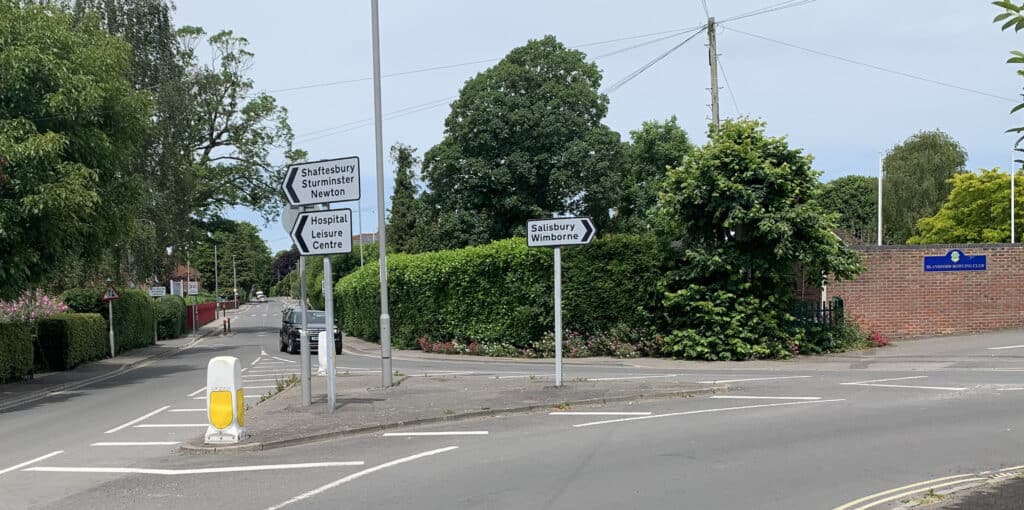Is the Connemara simply the best pony? Local breeder Kate Walters explains their appeal and introduces a couple of Connemara superstars

The Connemara is a breed of native pony originating from the wild and rugged region of the same name in County Galway, Ireland. Prized for their hardiness, agility, extraordinary jumping ability and not least for their temperament, Connemaras are understandably popular with children and adults alike.
The British Connemara Pony Society’s breed description is ‘a well-balanced riding type with good depth and substance and good heart room, standing on short legs, covering a lot of ground.’
The height specification for a Connemara pony is 12.2hh to 14.2hh but the overheight Connemara is probably everyone’s ideal first horse!
They have a gentle disposition, are deeply inquisitive and love human affection, making them very easy to handle. The Connemara pony is a safe and sensible breed, which makes them a fantastic choice for all ages and stages of riding.
Working roots
Traditionally, Connemaras were bred to be the backbone of small farms, where they lived as part of the family. They worked from dawn to dusk doing whatever task was asked of them; ploughing, pulling carts of turf, rocks and seaweed, and of course, on Sundays they were the mode of transport carrying the family to Mass … Not to mention hunting, racing and local shows.
They have a natural jumping ability, with a rectangular frame which also makes them suitable for dressage. Their natural athleticism and versatility allows them to excel in all disciplines and makes great all-rounder ponies. In fact, the Connemara pony can be seen competing in all rings – showjumping, eventing, dressage, driving, working hunter, showing, hunting, side saddle … They make fantastic competition ponies and are completely safe riding ponies for children.
Many of today’s Fédération Equestre Internationale (FEI) showjumping and eventing pony teams, representing most of the European countries, are made up of Connemaras and partbred Connemaras.
Connemara ponies have long been crossed with Thoroughbreds to produce the ultimate competition horse, with a couple of noteable showstoppers.
Stroller
Marion Mould’s Stroller was the only pony to compete at the Olympics in showjumping. He was just 14.1 hh (but clearly absolutely believed he was a horse). A bay gelding with a star on his forehead, he was a Thoroughbred cross Connemara and was owned and ridden by New Forest-born Marion (nee Coakes).
She is very well known in riding circles across the New Forest and Dorset.
Representing Britain, they competed in the 1968 Olympics in Mexico, and despite Stroller suffering with a tooth infection they won the silver individual medal and achieved one of only two clear rounds at the Olympics. At Olympia that same year, Stroller cleared a puissance wall of 6’ 10”.
Dundrum
Tommy Wade’s Connemara gelding Dundrum was supreme champion at the 1961 Wembley Horse of the Year Show, where he set a puissance record of 7’ 2”. Dundrum was 15.1 hh – 61 inches tall at the withers. A 7’2” puissance wall is 86 inches high – more than two feet higher than the horse. And Dundrum was carrying a rider and a saddle.
In 1961, Dundrum and Wade won a total of five major competitions and a Sports Star of the Year award. Connemara societies around the world frequently refer to Dundrum as the best Connemara that ever lived. But he was simply one of the world’s all-time great jumpers, and he beat the best of every breed.
Kate Walters runs Holnest Connemaras, near Sherborne, where she breeds competition, showing and hunting ponies.





